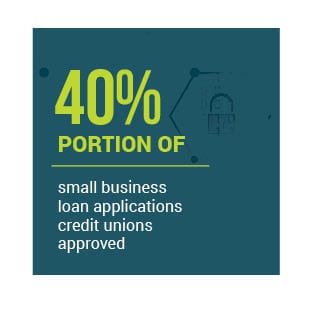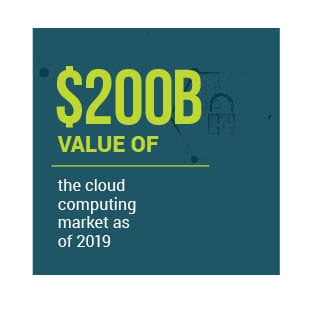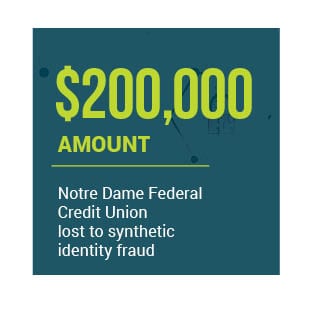Credit Unions Find ‘Co-opetition’ Key To Closing The Innovation Gap

Credit unions (CUs) face stiff competition from banks, FinTech firms and other players in the financial industry, but they have several intrinsic advantages. A recent study found that CUs beat banks in eight financial well-being attributes, such as helping consumers reach financial goals, understanding financial well-being and putting consumers’ financial well-being ahead of banks’ interests.
CUs are also leveraging the latest technologies, including cloud computing, to continue fostering the relationships with their customers. Though cloud computing still has its teething issues, CUs are exploring a middle ground between public and private cloud servers to determine the best way to harness this technology.
In the January “Credit Union Tracker®,” PYMNTS explores the latest in the world of CUs, including a retrospective look at the CU industry in the 2010s, an examination of hybrid cloud technology and a new synthetic identity security threat that could steal hundreds of thousands of dollars.
 Around Tthe Credit Union World
Around Tthe Credit Union World
The past decade was a period of slow but steady progress for credit unions. Total CU assets increased 7.4% year over year from $884.7 billion in 2009 to $1.54 trillion in 2019. The total number of CUs in operation declined from 6,743 in 2015 to 5,390 as of 2019, but the total number of CU members increased over the course of the decade from 89.3 million members in 2009 to 119.6 million in 2019.
New technologies are being developed to continue this market growth. One such innovation comes from credit union service organization (CUSO) PSCU, which recently released a desktop automation system to optimize CU call centers. The system uses chatbots to improve call center agent performance by providing proactive guidance, relevant knowledge and automation sequences during calls. It also simplifies the agent login process, thus improving on-hold time for callers.
Security threats continue to trouble the industry, however. Synthetic identity fraud — which uses cobbled-together, fictitious identities, rather than stolen ones belonging to real people — was recently employed to steal more than $200,000 from Notre Dame Federal Credit Union. Many CUs do not realize that they are even falling victim to this kind of fraud, leading the United States Federal Reserve to believe that this type of fraud often goes unreported.
For more on these and other CU news items, download this month’s Tracker.
CUs Stick Together to Compete With Banks, FinTech Firms
It is a commonly accepted canard that credit unions are often less technologically advanced than their bank and FinTech counterparts, but this could not be further from the truth. CUs like St. Louis-based Together Credit Union not only harness the latest technologies to compete in the financial sector, but have the advantage of collaboration with other CUs on product development.
In this month’s feature story, PYMNTS spoke with Together Credit Union Chief Operating Officer Tom Kraus about how the CU works hand in hand with its counterparts on product development, including a new mobile app and advanced ATMs.
 Deep Dive: Hybrid Cloud Models May Be Key For CU Digitization
Deep Dive: Hybrid Cloud Models May Be Key For CU Digitization
Many financial institutions are exploring cloud computing to manage their day-to-day tasks, but CUs are largely falling behind when it comes to leveraging this technology. Both types of cloud computing — public and private — have strengths and weaknesses in accessibility and technology, but a hybrid model that combines the best of both could be key to unlocking cloud computing’s full potential.
This month’s Deep Dive explores how CUs are working to overcome the challenges of cloud computing, and why the hybrid model could be the way forward.
About the Tracker
The “Credit Union Tracker®,” done in collaboration with PSCU, is the go-to monthly resource for updates on trends and changes in the credit union industry.
